I’ve Explored Every US National Park — Here Are 6 I’d Happily Revisit And 6 That Were One-And-Done
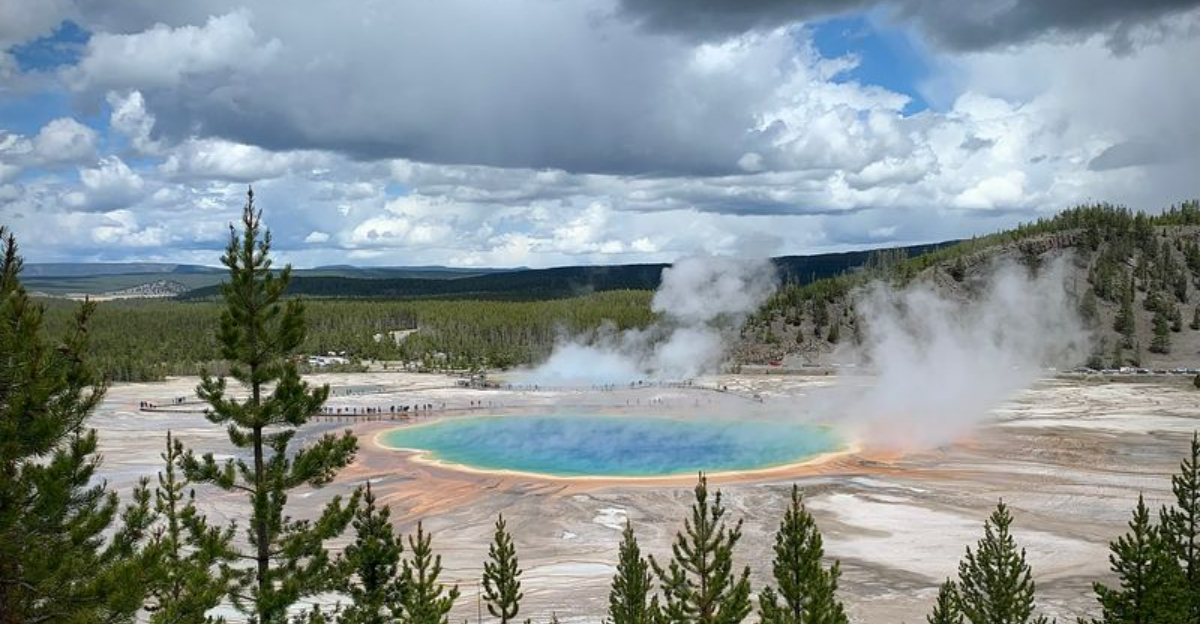
After years of adventure, I’ve finally checked off all 63 US national parks from my bucket list. Each park offers something unique, from towering redwoods to sprawling canyons and pristine coastlines.
My journey taught me that while some parks captivated me enough to plan immediate return trips, others, despite their beauty, didn’t quite spark that desire for a second visit.
1. Glacier National Park’s Disappearing Ice Fields Demand Another Visit
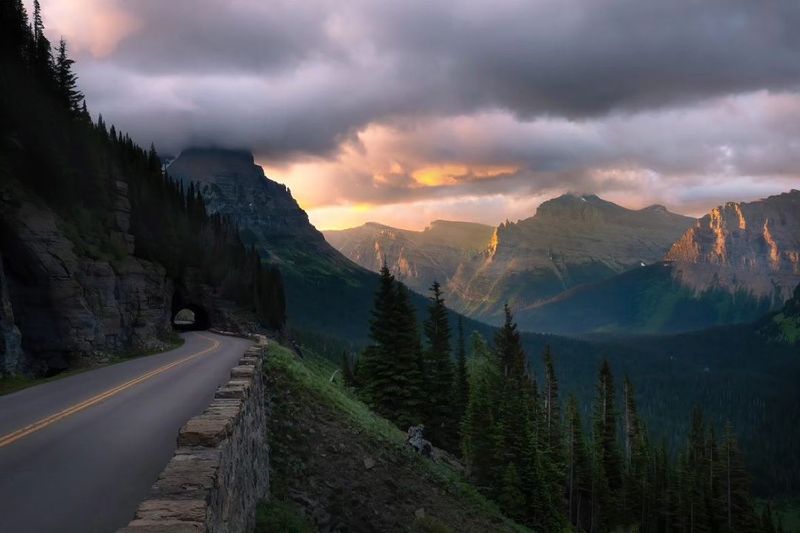
Driving the Going-to-the-Sun Road left me breathless at every hairpin turn. Glacier’s dramatic alpine scenery, with its knife-edge ridges and turquoise lakes, feels like stepping into a perfect postcard from the Canadian Rockies.
Sadly, climate change is rapidly shrinking the park’s namesake glaciers. Rangers told me only 25 remain of the original 150, and they may all vanish by 2030. This urgency makes me want to return soon, to witness this fragile ecosystem while its ancient ice still clings to the mountainsides.
2. Yosemite Valley’s Granite Cathedrals Never Get Old

Standing beneath El Capitan made me feel impossibly small in the best possible way. My neck actually hurt from looking up at Yosemite’s towering granite monoliths and thundering waterfalls that plunge from heights that defy belief.
Each visit offers something new – spring’s roaring waterfalls, summer’s wildflower meadows, fall’s golden light on Half Dome. Though crowded in peak season, finding solitude is as simple as hiking a mile beyond the valley floor. The Sierra Nevada’s changing light transforms these ancient rocks hourly, making every visit uniquely magical.
3. Olympic National Park’s Three-in-One Diversity Deserves Multiple Trips
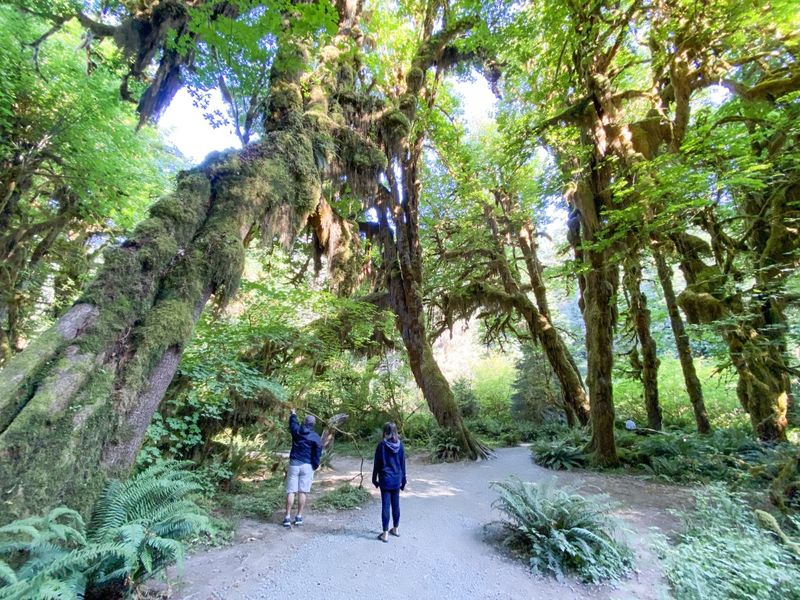
Where else can you hike through temperate rainforest, scale alpine peaks, and stroll along wild Pacific beaches all in one day? Olympic’s biodiversity blew my mind – from moss-draped Hoh Rainforest to Hurricane Ridge’s snowy panoramas.
My first visit during a rare sunny stretch didn’t do justice to this notoriously rainy park. I’m eager to return during winter storms to witness massive waves crash against sea stacks at Ruby Beach. With distinct ecosystems that transform dramatically with seasonal changes, Olympic practically guarantees a completely different experience with each visit.
4. Zion’s Slot Canyons and Emerald Pools Keep Drawing Me In
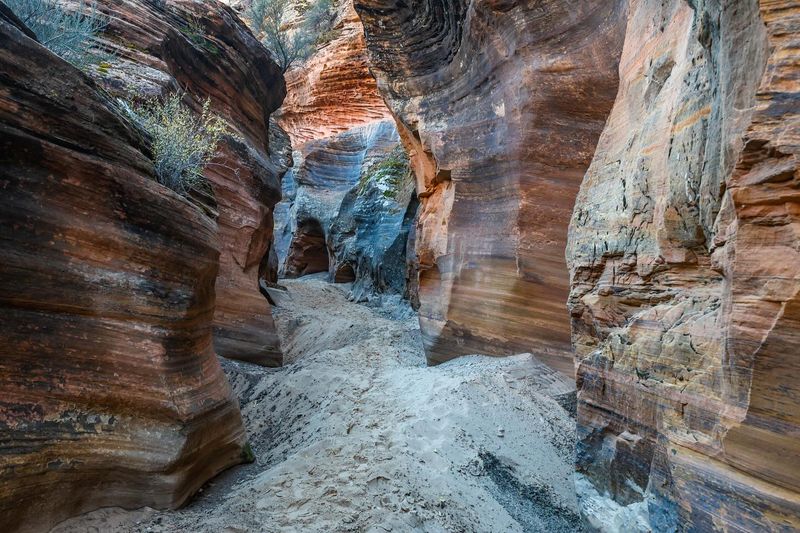
Wading through the Virgin River in The Narrows, with thousand-foot sandstone walls narrowing to just twenty feet wide, created one of my most memorable outdoor experiences ever. Zion’s intimate scale makes its grandeur feel accessible in ways other parks don’t.
Every trail offers something spectacular – Angel’s Landing’s vertigo-inducing views, Emerald Pools’ desert oasis vibes, or Canyon Overlook’s perfect sunset spot. The way light plays on the red rock walls throughout the day transforms the entire landscape hourly. I’ve visited three times already and still haven’t hiked all the trails on my list.
5. Yellowstone’s Geothermal Wonderland Keeps Calling Me Back
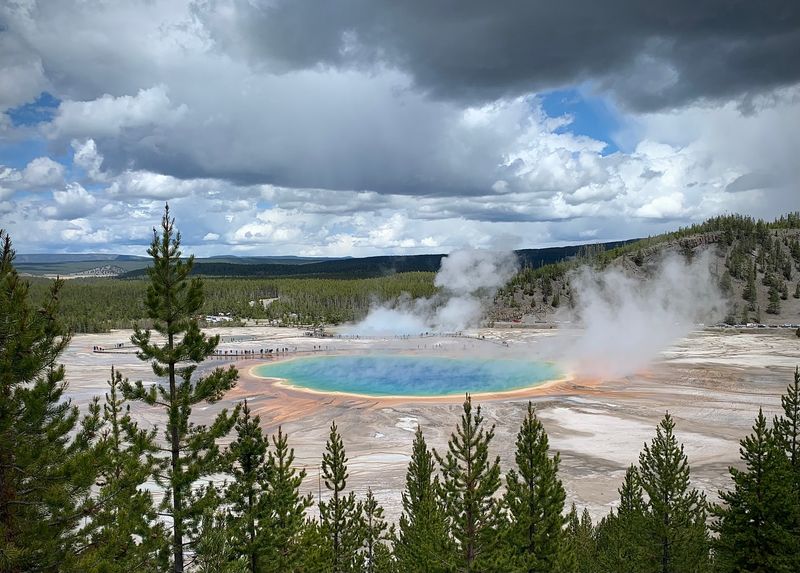
The moment Old Faithful erupted before my eyes, I knew this wouldn’t be my only visit. Yellowstone’s otherworldly landscape of bubbling mud pots, prismatic springs, and roaming bison creates an experience that changes with each season.
My first winter visit revealed steaming geysers against snow-covered plains – a completely different park than summer’s vibrant crowds. With over 2.2 million acres to explore, I’ve only scratched the surface of this geological marvel.
6. Grand Teton’s Jagged Peaks Against Wyoming Skies Demand Return Trips
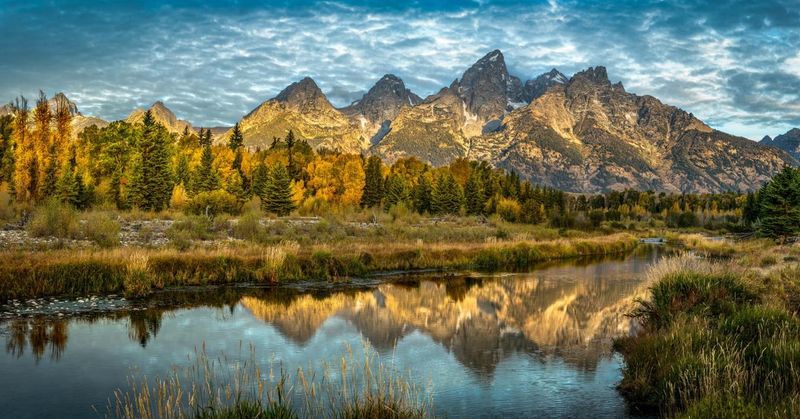
Few sights in America match the drama of the Tetons rising abruptly from the valley floor without foothills. My sunrise at Schwabacher Landing, watching those sawtooth peaks reflect perfectly in the Snake River, remains etched in my memory years later.
Wildlife viewing here rivals Yellowstone but with smaller crowds. I spotted moose wading in beaver ponds, elk herds grazing meadows, and even a grizzly digging for roots. The combination of accessible hiking trails, crystal-clear alpine lakes, and those impossibly photogenic mountains creates a park that reveals new wonders with each visit.
7. Hot Springs National Park Felt More Like a Spa Day Than Wilderness
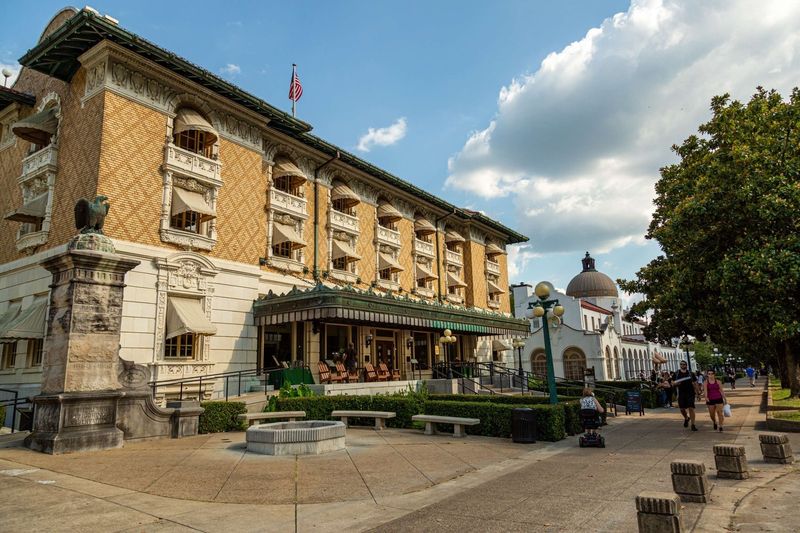
My expectations were way off for this urban national park in downtown Hot Springs, Arkansas. Instead of natural thermal features to explore, I found a historic bathhouse row where the main activity is paying for spa treatments.
The hiking trails in the surrounding hills were pleasant enough but lacked the wow factor I’ve come to expect from national parks. While I appreciated learning about the medicinal history of the springs, the whole experience felt more like visiting a historic district than connecting with nature.
For thermal features, Yellowstone offers a much more impressive natural experience.
8. Gateway Arch’s Brief Urban Experience Didn’t Justify National Park Status
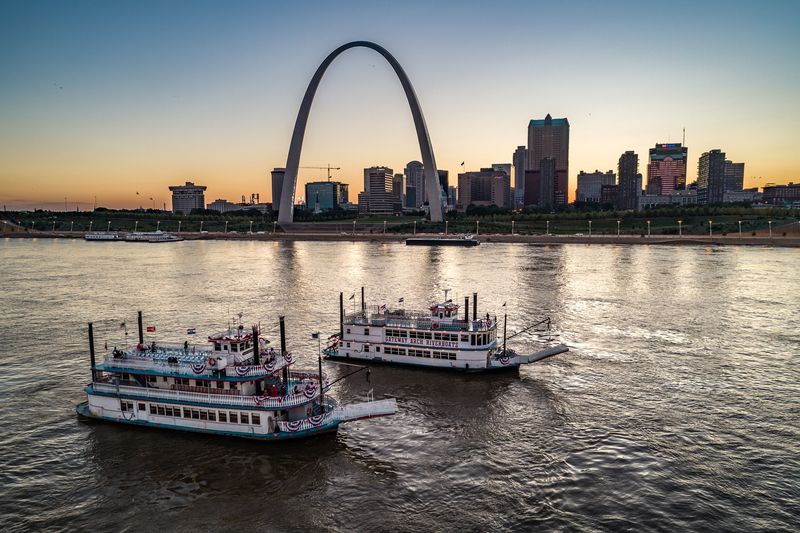
The 630-foot stainless steel arch is undeniably impressive as an architectural feat. However, my entire visit lasted just three hours – riding the tiny tram to the top, checking out the small museum, and walking the surrounding grounds.
As America’s smallest national park at just 91 acres in downtown St. Louis, it feels more like a national monument than a true park. The Mississippi River views from the top were nice, but the cramped observation area made the experience feel rushed.
While historically significant, this urban park lacks the natural wonder that would make me want to return.
9. Cuyahoga Valley’s Modest Scenery Paled Compared to Other Parks

Sandwiched between Cleveland and Akron, this Ohio park felt more like a pleasant state park than a national treasure. The Brandywine Falls were pretty but modest compared to cascades I’ve seen elsewhere in the system.
Biking the old towpath trail alongside the historic canal was pleasant enough, but suburban development visible throughout much of the park diminished the wilderness feeling. While I appreciate the conservation effort to preserve green space in an urban area, the scenery simply didn’t compete with other national parks.
For Midwesterners, it’s a nice escape, but not worth a special trip from farther away.
10. Indiana Dunes’ Limited Shoreline Felt Overcrowded and Underwhelming
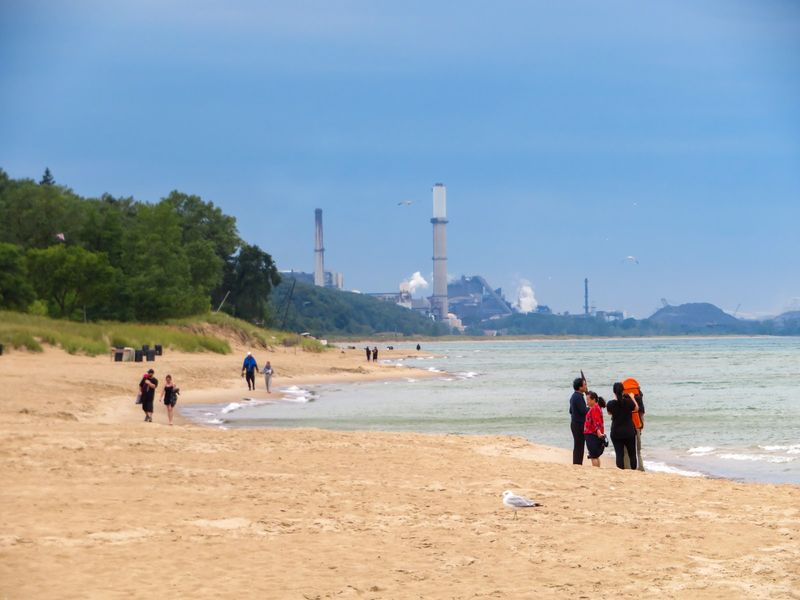
The contrast between natural dunes and industrial skyline created a jarring experience at this Lake Michigan shoreline park. Steel mills and power plants visible from many viewpoints detracted from what could have been beautiful sandy landscapes.
Summer crowds packed the small beaches, making it feel more like a busy city park than a national treasure. While the dune ecosystem is ecologically important, the park’s small size (15,000 acres) means you can see most highlights in a single day.
For superior Great Lakes dune experiences, I’d recommend Michigan’s Sleeping Bear Dunes National Lakeshore instead.
11. Congaree’s Mosquito-Filled Swamp Made One Visit Plenty
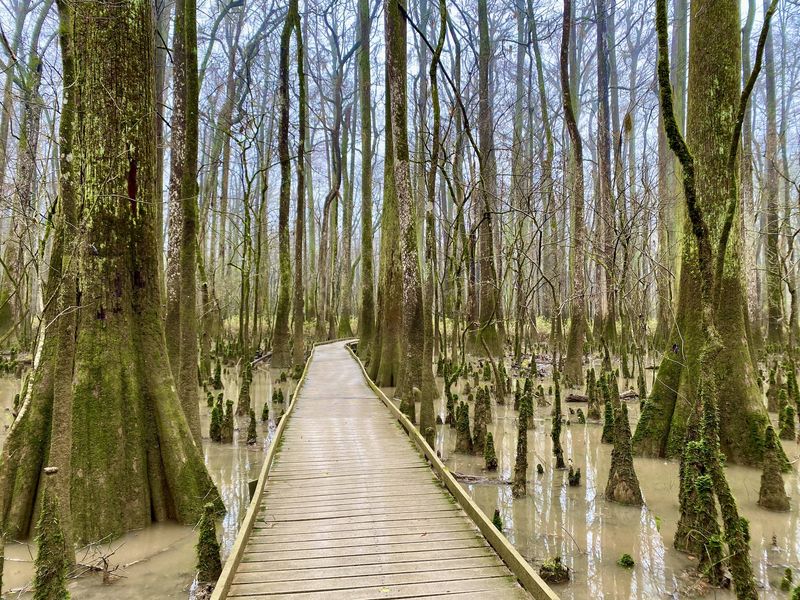
Despite my deep appreciation for diverse ecosystems, Congaree’s mosquito situation was truly next-level. The park’s claim to fame – having the largest intact expanse of old-growth bottomland hardwood forest – sounds more impressive than the actual visitor experience.
The elevated boardwalk loop provided decent views of cypress knees and towering trees, but after completing it, I felt I’d seen the highlights. Summer heat and humidity were oppressive, and paddling options were limited by low water levels when I visited. While I respect its ecological importance, the recreational opportunities didn’t justify a return trip for me.
12. Mammoth Cave’s Underground Tours Felt Too Commercialized
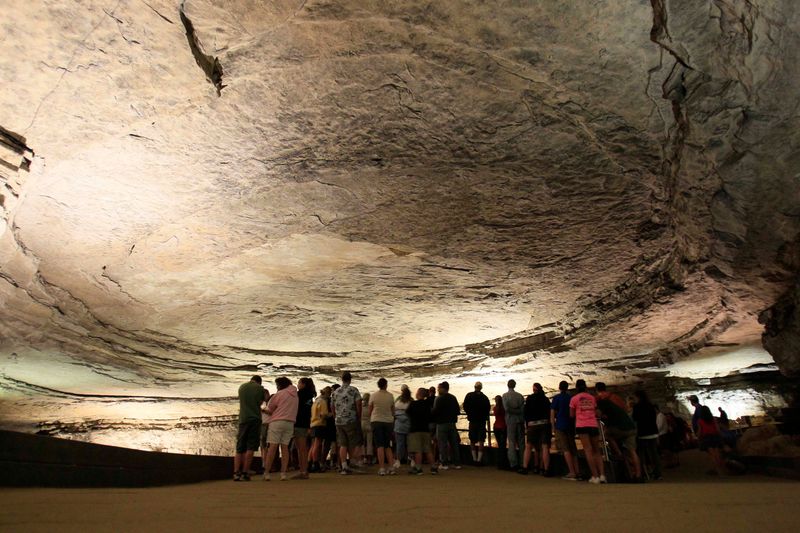
As the world’s longest known cave system, I had high hopes for this Kentucky park. While the sheer scale of the underground passages is impressive, the strictly regulated tour experience felt overly commercialized and rushed.
Large tour groups moving single-file through artificially lit passages created a theme park atmosphere rather than a wilderness connection. Above ground, the hiking trails were pleasant but unremarkable compared to other Appalachian forests.
For a more intimate cave experience, I preferred the smaller but more spectacular Carlsbad Caverns, where formations are more colorful and varied.
